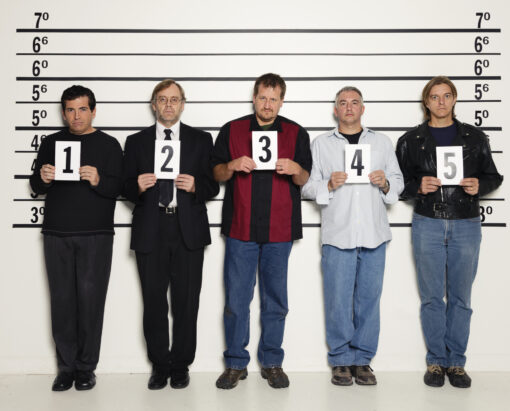In federal criminal defense, understanding the role and potential challenges of photo arrays in the identification process is crucial. Photo arrays, commonly used by law enforcement for suspect identification, can significantly influence the direction of a case. This blog explores the nuances of photo arrays and how they impact federal criminal defense.
If you have questions or require a free legal consultation with a federal criminal defense attorney, contact Chambers Law Firm at 714-760-4088.
What are Photo Arrays?
Photo arrays, also known as photo lineups, are a tool used by law enforcement to aid in the identification of suspects by witnesses or victims. Typically, a photo array consists of a series of photographs, including one of the suspect and several of other individuals (fillers) who resemble the suspect’s description. The witness is then asked to identify the perpetrator from these photographs. The way these arrays are constructed and presented can have a significant impact on the reliability of the identification.
Potential Issues with Photo Arrays
While photo arrays are a widely used method in criminal investigations, they are not without their flaws. One of the main concerns is the possibility of misidentification. Factors like the quality of the photographs, the similarity of the fillers to the suspect, and the manner in which the array is presented can influence the witness’s decision. Unintentional cues or suggestions from the administering officer can also sway the witness, leading to a wrongful identification.
Furthermore, psychological factors play a role. Memory distortion, stress, and the time elapsed since the incident can affect a witness’s ability to accurately identify the suspect. This raises questions about the reliability of identifications made through photo arrays and their admissibility in court.
Legal Challenges in Photo Array Identification
In federal criminal defense, challenging the admissibility and reliability of photo array identifications is a key strategy. Defense attorneys scrutinize the process of how the photo array was conducted, looking for any procedural errors or biases that could have influenced the identification. This can include examining the instructions given to the witness, the composition of the photo array, and the methods used to record the witness’s response.
Legal challenges can also be based on the grounds of suggestiveness. If the photo array is deemed overly suggestive, it could be argued that it unfairly influenced the witness, thereby compromising the fairness of the trial. Establishing this can be crucial in defending the rights of the accused.
The Role of Expert Witnesses
In cases where the identification of a suspect through a photo array is a central issue, the testimony of expert witnesses can be pivotal. Experts in fields such as psychology or forensic science can provide insights into the reliability of eyewitness identification and the factors that can lead to misidentification. Their testimony can help the court understand the complexities and potential pitfalls of photo array identifications.
Seeking Skilled Legal Representation
Navigating the complexities of photo array identifications in federal criminal cases requires experienced legal representation. Chambers Law Firm offers expertise in federal criminal defense, including challenging questionable identification methods. With a deep understanding of the legal and psychological aspects of photo arrays, Chambers Law Firm works diligently to protect the rights of their clients.
For assistance with a case involving photo array identification, or any other federal criminal defense matter, contact Chambers Law Firm at 714-760-4088. Their commitment to providing skilled legal representation can be instrumental in achieving a fair and just outcome in your case.





